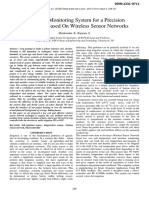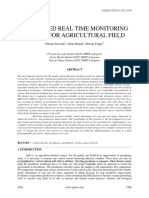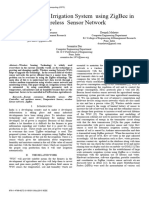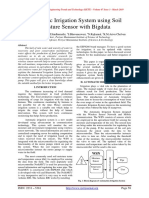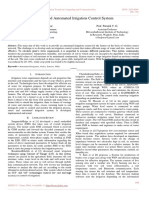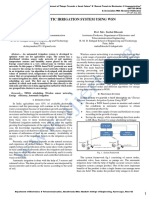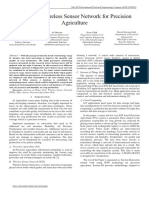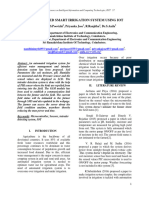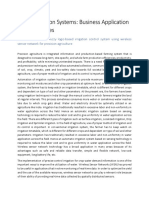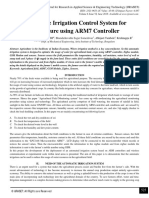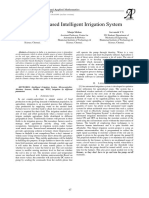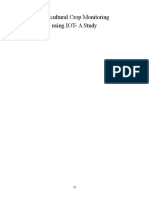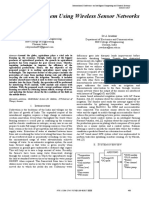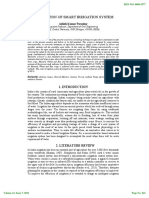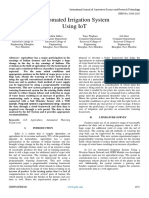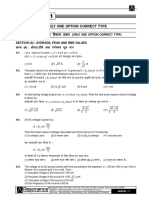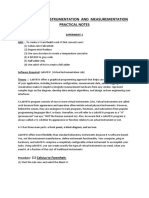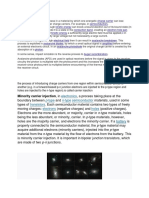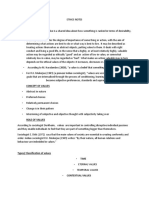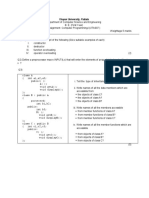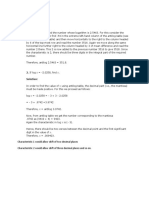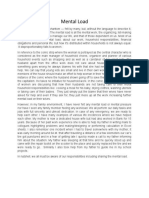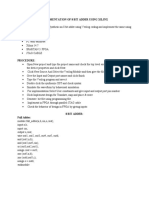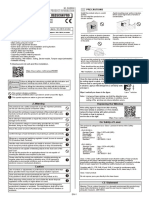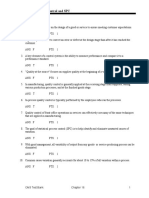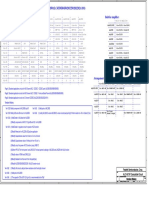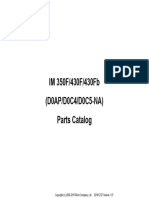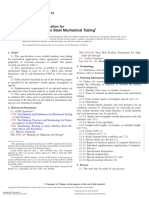0% found this document useful (0 votes)
63 views4 pagesSmart Irrigation System: ISSN (PRINT) : 2393-8374, (ONLINE) : 2394-0697, VOLUME-3, ISSUE-3, 2016
The smart irrigation system uses a distributed wireless network of soil-moisture and temperature sensors placed in the root zone of plants. A gateway handles sensor data, triggers actuators to control water quantity based on threshold values, and transmits data to a web application via a cellular-internet interface. The system aims to optimize water use for crops through automated irrigation scheduling based on real-time sensor readings, reducing water waste and human intervention in agriculture.
Uploaded by
Dipin Preet SinghCopyright
© © All Rights Reserved
We take content rights seriously. If you suspect this is your content, claim it here.
Available Formats
Download as PDF, TXT or read online on Scribd
0% found this document useful (0 votes)
63 views4 pagesSmart Irrigation System: ISSN (PRINT) : 2393-8374, (ONLINE) : 2394-0697, VOLUME-3, ISSUE-3, 2016
The smart irrigation system uses a distributed wireless network of soil-moisture and temperature sensors placed in the root zone of plants. A gateway handles sensor data, triggers actuators to control water quantity based on threshold values, and transmits data to a web application via a cellular-internet interface. The system aims to optimize water use for crops through automated irrigation scheduling based on real-time sensor readings, reducing water waste and human intervention in agriculture.
Uploaded by
Dipin Preet SinghCopyright
© © All Rights Reserved
We take content rights seriously. If you suspect this is your content, claim it here.
Available Formats
Download as PDF, TXT or read online on Scribd
/ 4


